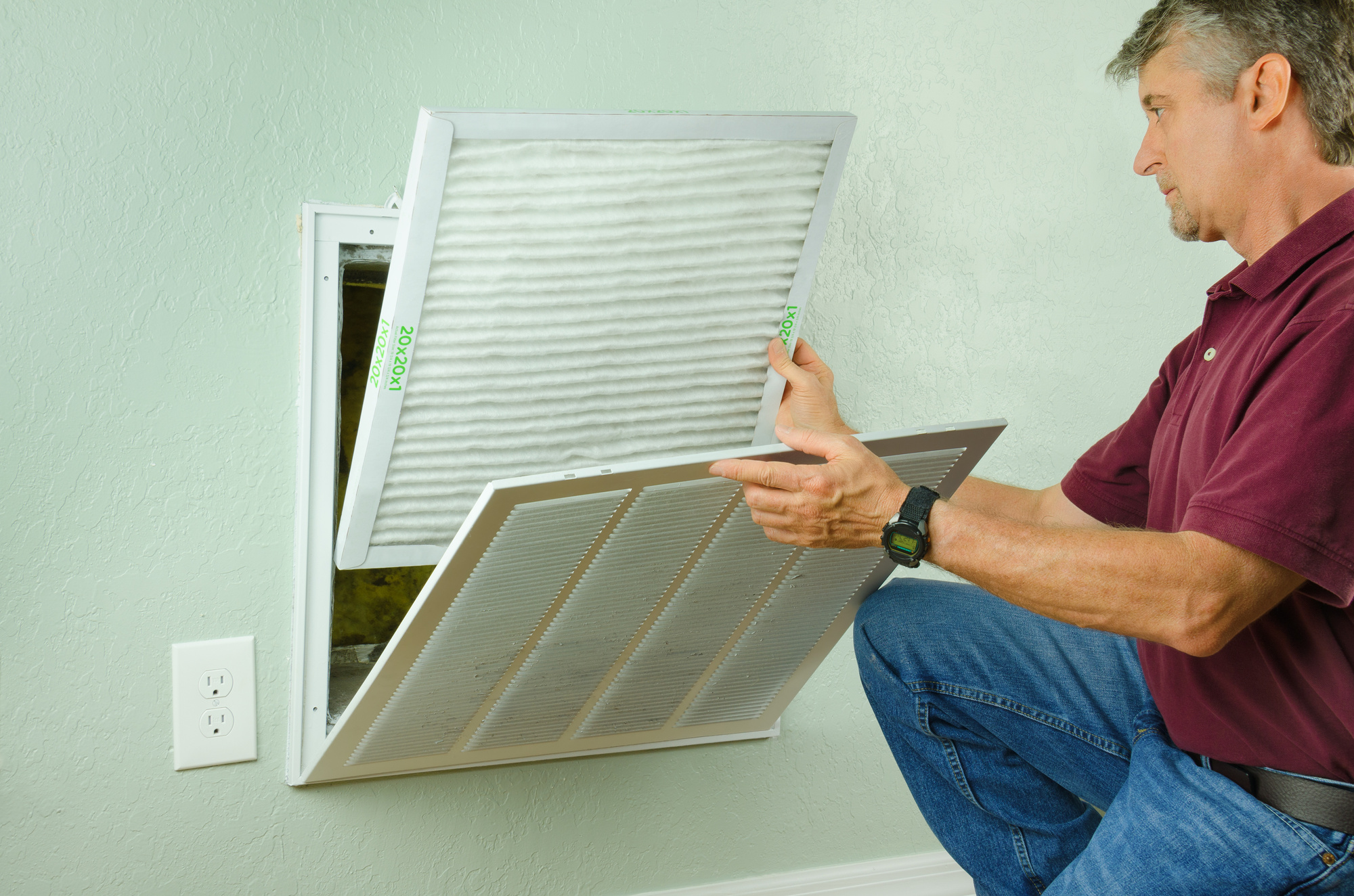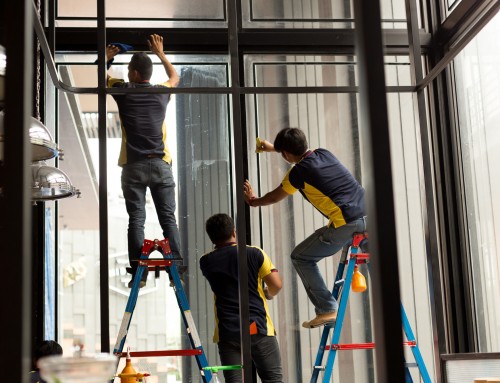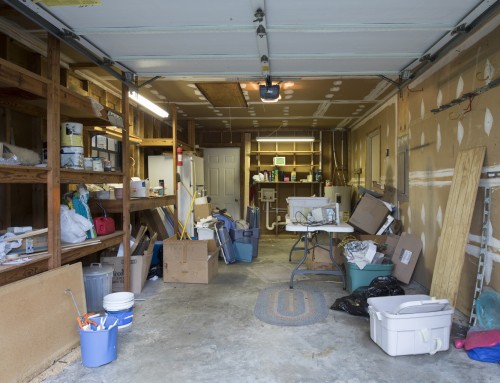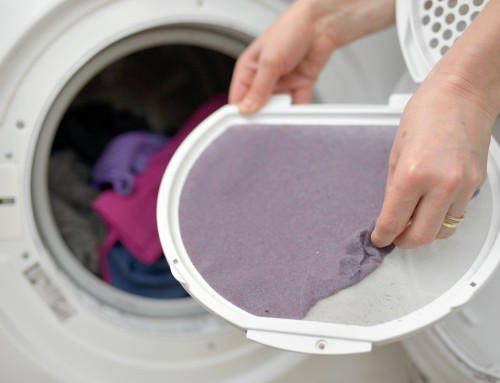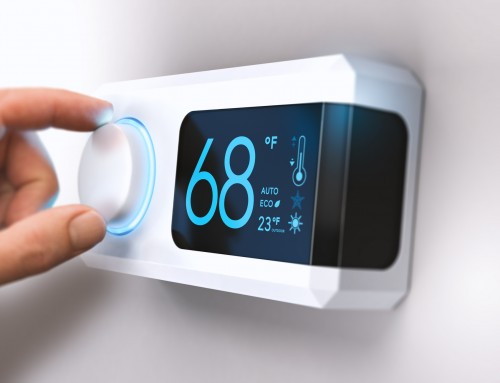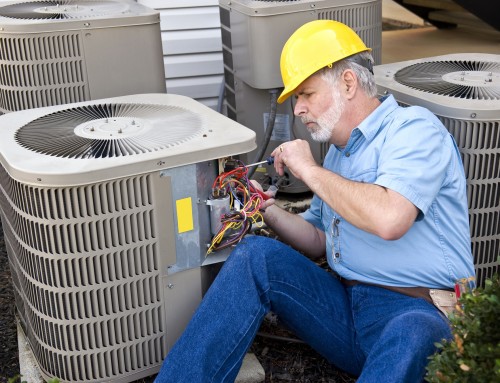You may know a little bit about air filters, but chances are you not really educated on them. An air filter’s main purpose is keeping the air clear in your house. Many homeowners also their air filters critical features for their families’ health and wellbeing.
Some individuals, however, do not know anything about how the air filters provided in their homes operate. If that’s the case, you’re in luck. In this guide, we’ll explain a little bit more about air filters, how they work, and their primary function.
Read on to learn more.
MERV Air Filters
MERV is a term for minimum efficiency reporting value. This is a ranking of how powerful an HVAC system blocks particles from entering your house, like debris. Air filters are top quality with high MERV scores and can filter even tiny particles.
The standard scores for MERV vary from 1 to 20. Low-rated air filters are only good at eliminating large dust particles and do not help improve the consistency of the air in your household. In general, air filters with a MERV rating of 20 are used in medical facilities and other establishments where air quality is paramount.
There’s usually a MERV 13 air filter on a standard residential HVAC system. Many heating and air systems for residential use are not compliant with MERV 20 filters.
It is important to realize when searching for inexpensive air filters because certain filters use different rating schemes. Any brands have a list of all the particles that may be captured by the air filter.
Even such systems, though, typically have stickers on their packaging providing details on the MERV rating of the filter. To create the right air filter for you, use the MERV ranking.
When to Change Air Filters
To keep your home’s air clean and warm for your family, your furnace filter is important. The air is drawn through the return ductwork in your house and then passes into your oven to be heated before being injected back into your home.
As the air moves through the air filter until it is recycled in the components of the furnace, the filter—like a 20x25x1 air filter— will catch contaminants for people within your home that cause different problems.
When you are concerned about keeping your space cleaner, warmer, and minimizing your energy costs, you should search your furnace filter. Here are some of the high-speed indicators that the furnace filter should be altered:
Shift in Filter Color: You can see if it is visibly gray and find a lot of dust on the filter by looking at your home air filter.
See More Dust Around Your House: If you find more dust around your house than normal, it might be time to adjust your furnace filter. This is because dust is not gathered and moved into the air system by the filter.
Your HVAC system is cycling longer: Your HVAC system and furnace would be cycling more often and more prolonged if you have a dearth home air filter. If your machine cycles longer than normal, it might be time to upgrade your home’s furnace filter.
Your home isn’t warm enough: A filthy furnace filter can contribute to poorer heating capability of the HVAC unit. You should inspect the furnace filter if you find that your home is cooler than you would like, and see if the filter is filthy and should be replaced.
More Sneezing: If your family sneezes more, then it might be time to adjust your air filters. This is because pet hair, ashes, and allergens are trapped by the furnace filters. If your family is vulnerable to airborne contaminants and you find that people sneeze more than normal, it may be time to verify that your air filter is running properly.
Where to Install Air Filters
Generally, the air filters are found in the HVAC system’s return vents. In the United States, several households have between one and three return vents. However, the square footage of your house dictates the number of return vents in your building. There are over three return vents in several houses.
Next time your HVAC machine is on, pay close attention. When the HVAC is on, the return vent normally doesn’t blow air out. They pull air in instead, and you can sense it by holding your hands next to the vents.
The Air Quality of Air Filters
Indoor or outdoor air quality impacts two primary substances: particles and gases. Pet dander, pollen, and rodents include some of the particles that influence the consistency of indoor air.
On the other contrary, indoor air quality can also be compromised by pollutants, such as smoke, toxic fumes, and carbon monoxide. Such compounds can cause different responses, some of which are life-threatening.
The composition of outdoor air is often influenced by numerous variables, including ash, building dust, grass, tree pollen, and outdoor allergens. Allergies are caused by both indoor and outside spores, aggravate allergies, and cause other health problems.
Air Conditioner Filters and Air Quality
By collecting particles and impurities and stopping them from touching the rest of your home, HVAC air filters boost the consistency of indoor air. They minimize the chances of irritants spreading in areas where they are inhaled to the rest of the household.
Effectively, air filters eliminate allergens from the air that may cause numerous health problems, including asthma. By trapping allergens that come into your breathing system, they make you and your family breathe better.
All Things Air Filters
Air filters play a huge role in the air quality of your home. As you can see, there’s a lot that goes into air filters and making sure that they operate properly. Hopefully, this information helps you learn more about air filters and how they function.
If this content was useful, feel free to read more of our blog posts. We post tons of content on a variety of subjects. Don’t hesitate to browse more.

